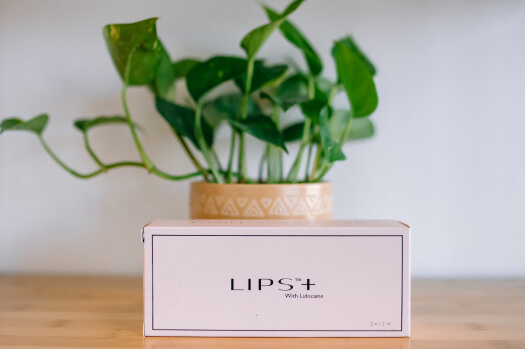Botox was the first Botulinum toxin A product to gain FDA approval for cosmetic usage in the United States. It remained the only such product for nearly two decades. However, now multiple alternatives exist: Dysport, Xeomin, and Jeuveau are the ones most commonly used. Xeomin is one of the more interesting options because it is the biggest variation of the original Botox formula.
At Botox Bar, our clinical injectors are familiar with and use both products. Patients may find they prefer the results of one over the other, but both can help treat and prevent wrinkle formation.
Botox vs. Xeomin
Botox and Xeomin both have FDA approvals for cosmetic uses. Unlike Botox, Xeomin received its first FDA approval for cosmetic purposes in 2011. This is roughly twenty years after Botox Cosmetic first gained approval.
What They Treat
Botox and Xeomin are used on-label and off-label for the same procedures. The two products have the following FDA approval history for cosmetic uses:
- Botox: glabellar lines, crow’s feet
- Xeomin: glabellar lines
Both products have several medical approvals as well including for cervical dystonia and blepharospasm. However, providers can safely use the products off-label to treat forehead lines, excessive sweating, migraines, and fine lines and wrinkles around the face.
How They Work
Botox is made from Botulinum toxin type A which is produced by the same bacteria that causes botulism. Botulism causes muscle relaxation to an extreme. However, when Botulinum toxin A is isolated, purified, and mixed with other ingredients, it can cause localized freezing of muscles safely. There is almost no risk of developing botulism with the normal dosages administered.
Xeomin is derived from the same toxin. However, it does not contain any preservative proteins like Botox and Dysport. This means that you cannot develop antibodies to Xeomin like you can with Botox or other neurotoxin products. Therefore, Xeomin is an amazing product for people who have developed immunity to traditional Botox.
Limiting muscle contractions that cause wrinkles can also help prevent the formation of permanent wrinkles in the future. Xeomin and Botox both provide great results and work in nearly identical ways.
Common Side Effects:
Botox and Xeomin carry few side effects. A few possible side effects include:
- Headache
- Pain, swelling, or redness at the injection site
- Flu-like symptoms
Anecdotal evidence from providers and patients may suggest that Xeomin causes fewer or less severe side effects, particularly headaches. If you find that you often experience side effects after Botox injections, you may consider trying Xeomin next time to see if you see an improvement in side effects following neurotoxin injections.
Conclusion
Botox and Xeomin carry few side effects. A few possible side effects include:
- Headache
- Pain, swelling, or redness at the injection site
- Flu-like symptoms
Anecdotal evidence from providers and patients may suggest that Xeomin causes fewer or less severe side effects, particularly headaches. If you find that you often experience side effects after Botox injections, you may consider trying Xeomin next time to see if you see an improvement in side effects following neurotoxin injections.
